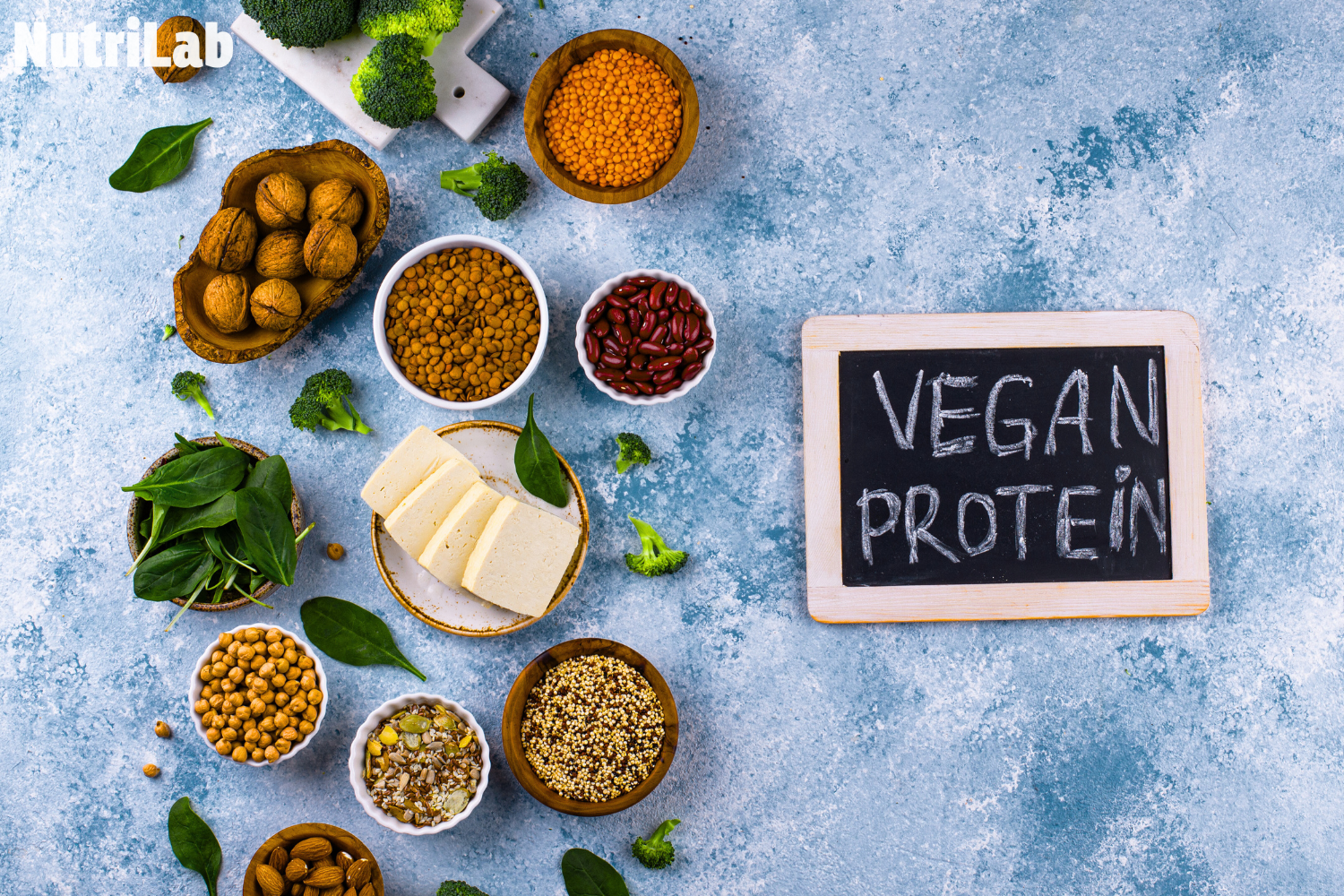The food industry is facing a significant transformation, a trend that is not new. From plant-based meats to animal-free dairy and cell-cultivated chicken, innovation is reshaping what we eat—and how we name the ingredients.
As new foods enter the market, one challenge stands out: how to label alternative ingredients correctly and transparently. In the United States, the FDA (Food and Drug Administration) and the USDA (U.S. Department of Agriculture) are responsible for establishing definitions.
But what should we do in the meantime? Here’s what every food innovator and brand needs to know in 2025 about labeling plant-based, cell-cultured, and precision-fermentation ingredients.
1. Labeling Plant-Based Foods and Dairy Alternatives
Plant-based products such as almond milk, oat yogurt, and veggie burgers fall under FDA regulation. The FDA’s mission is to make sure labels are truthful and not misleading, while helping consumers easily identify what they’re buying.
FDA Guidance for Plant-Based Labels (2023–2025)
According to FDA draft guidance, it’s acceptable to use traditional terms like milk or burger if the plant origin is clear. For example:
- “Oat milk – dairy-free beverage”
- “Plant-based sausage (made from soy protein)”
- “Vegan cheddar cheese alternative”
These names are allowed because consumers understand they refer to non-dairy and non-meat alternatives. The FDA encourages transparent phrasing that helps buyers quickly identify a product’s nature and source.
State-Level Restrictions to Watch
Because no national standard exists yet, several states have passed their own laws:
- Missouri bans labeling a product “meat” unless it contains animal meat.
- Oklahoma requires words like “plant-based” or “meatless” in equal-sized font near the product name.
- Florida (2025) prohibits plant-based items from using terms like “milk,” “meat,” or “eggs” entirely, requiring phrases such as “almond beverage.”
Pro Tip: Until a unified federal rule is finalized, you should always include clear qualifiers such as plant-based, vegan, meat-free, or dairy-free.
2. Labeling Cell-Cultured or “Cultivated” Meat
Cell-cultured meat—grown directly from animal cells without slaughter—is jointly regulated by the FDA and USDA. While the FDA regulates the early cell culture and growth process, USDA-FSIS (Food Safety and Inspection Service) oversees harvest, production, and labeling.
Label Requirements
All labels must be **pre-approved by the USDA** to ensure they’re not misleading. The product name must clearly include a qualifier like “cell-cultured” or “cell-cultivated.”
(YES)“Chicken breast, cell-cultivated”
(NO) “Chicken breast” (without clarification)
Optional statements such as “grown from animal cells without slaughter” may be approved if accurate.
State Rules
- Several states have also imposed their own restrictions, for example North Carolina requires “lab-grown” or “cell-cultured” near the product name in equal-sized font, while Florida (2024) banned the sale of cultivated meat entirely (SB 1084).
Although federal rules are still being finalized, if your brand is entering this space, you should design labels around USDA’s anticipated terminology (“cell-cultured” or “cell-cultivated”) to ensure compliance.
3. Labeling Precision-Fermentation Ingredients
Precision fermentation allows for the creation of animal-identical proteins—like milk whey or egg albumin—using engineered microorganisms such as yeast or fungi.
Allergen Disclosure Requirements
Even if the protein didn’t come from an animal, if it’s chemically identical to a milk or egg protein, it must still be labeled as an allergen under the Food Allergen Labeling and Consumer Protection Act (FALCPA).
Example:
Ingredient: Non-animal whey protein (milk protein)
Allergen statement: Contains: Milk
The same applies to egg proteins. Consumers with allergies must be able to identify allergens easily, regardless of how the ingredient was produced.
Best Practices for Descriptive Labeling
There’s no standardized term yet, but companies should use clear, factual language such as:
- “Animal-free dairy protein made via fermentation”
- “Microbe-derived egg protein”
These phrases make it transparent how the ingredient is made, supporting consumer trust and regulatory compliance.
How to Stay Compliant and Transparent
Across all categories—plant-based, cultivated, and precision-fermented—the principles are the same: clarity, honesty, and compliance.
Labeling Checklist for Alternative Foods*
- Be transparent: Always indicate the product’s true origin.
- Include allergens: Disclose milk, egg, or other regulated allergens.
- Avoid misleading claims: Don’t imply animal origin (or absence) inaccurately.
- Follow both federal and state rules: Especially if selling nationwide.
- Seek expert review: Work with regulatory professionals (like Nutrilab) for pre-market compliance.
Labels as a Tool for Trust
Every new food innovation—from cell-cultured salmon to oat-based yogurt—needs one thing in common: a label that tells the truth.
The FDA and USDA continue to refine how novel ingredients should be described, but one guiding principle won’t change:
> Transparency builds consumer trust. >
At Nutrilab, we help brands navigate this evolving regulatory landscape with clarity and confidence. Whether your product is grown from plants, cells, or microbes, Nutrilab can guide you through labeling, compliance, and market readiness.
Related Articles

Start Developing the Food of Tomorrow
Discover the most easy-to-use experience in food development and label generation.
Enjoy a 7-day trial when you create your account.

